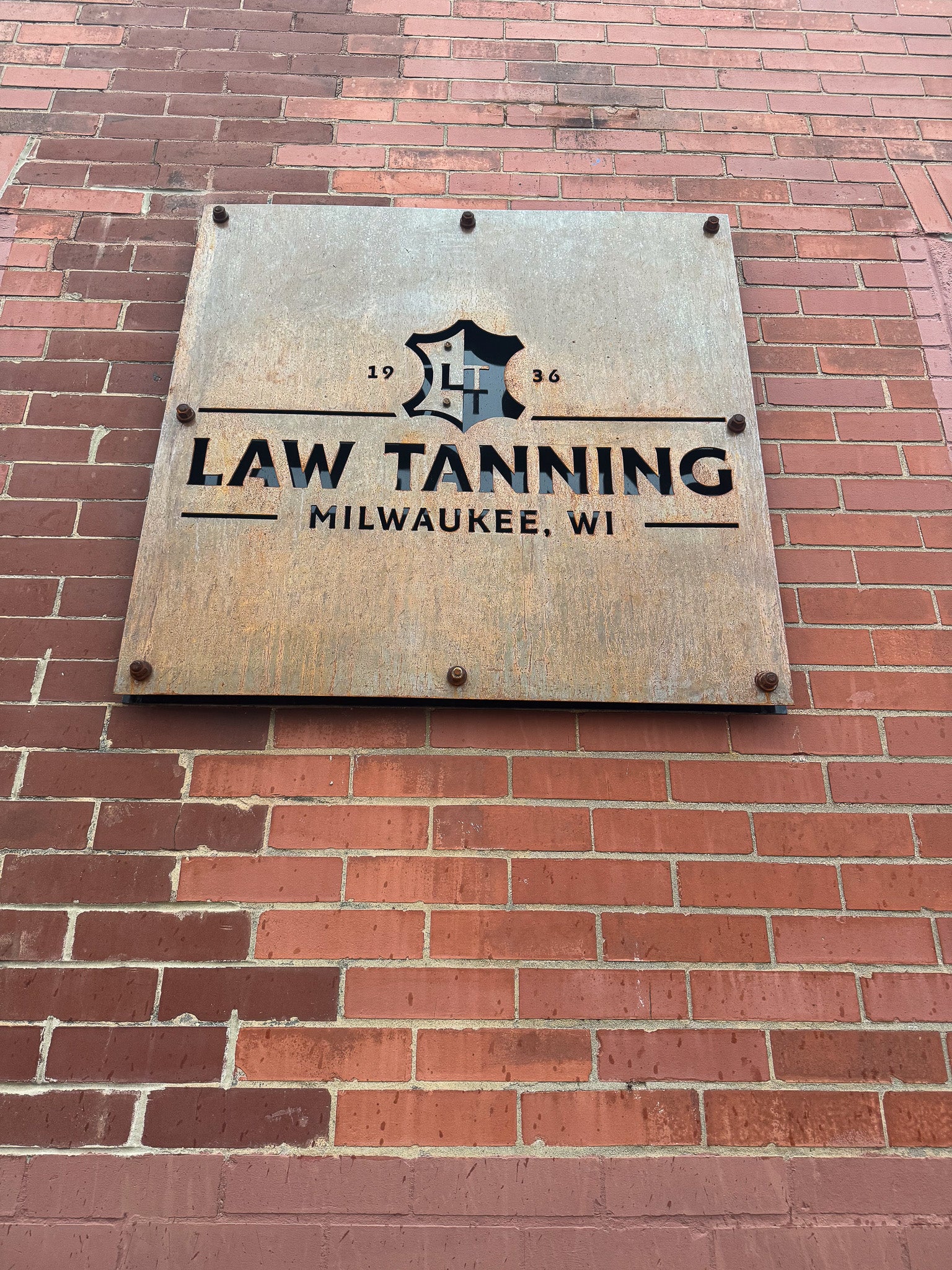
D.R.Dietrich Beamhouse Visit
Beamhouse operations are basically the prep work needed to get leather ready for the next big steps: curing and tanning. Think of it like getting everything in order before diving into the main event. This process has a bunch of steps, including soaking, liming, unhairing, deliming, bating, and pickling. Each step has its job, but the main goal is to clean up the hide, stripping away any hair, dirt, and anything else that shouldn’t be there.

First off, soaking is pretty much what it sounds like. The hides get dunked in fresh water to wash off the salt from curing and to add back some moisture. This makes them easier to work with later on. To stop any bacteria from messing things up during this stage, a bit of biocide is thrown in the mix.

Liming is all about getting rid of the natural greases, fats, and hair, and making sure the hide’s collagen is ready and raring to go for tanning. It also helps to puff up and separate the fibers a bit.
Unhairing gets rid of the hair, starting with a machine and finishing off by hand with a special dull knife. It’s a bit of an art form.

Deliming and bating then bring down the hide’s pH so enzymes can do their thing, softening up the hide depending on what the final leather will be used for.
In the pickling stage, hides are treated with salt (good old sodium chloride) and then sulfuric acid if they’re going to go through mineral tanning. This really lowers the collagen’s pH.

Once the hide is free of flesh, hair, and dirt, and it’s been split to the desired thickness, it can be turned into all sorts of things, from car seats to couches, even suede.

After all that prep and cleaning, the hide is finally ready to be tanned. It’s a lot of steps, but each one is key to making sure the leather turns out just right.
